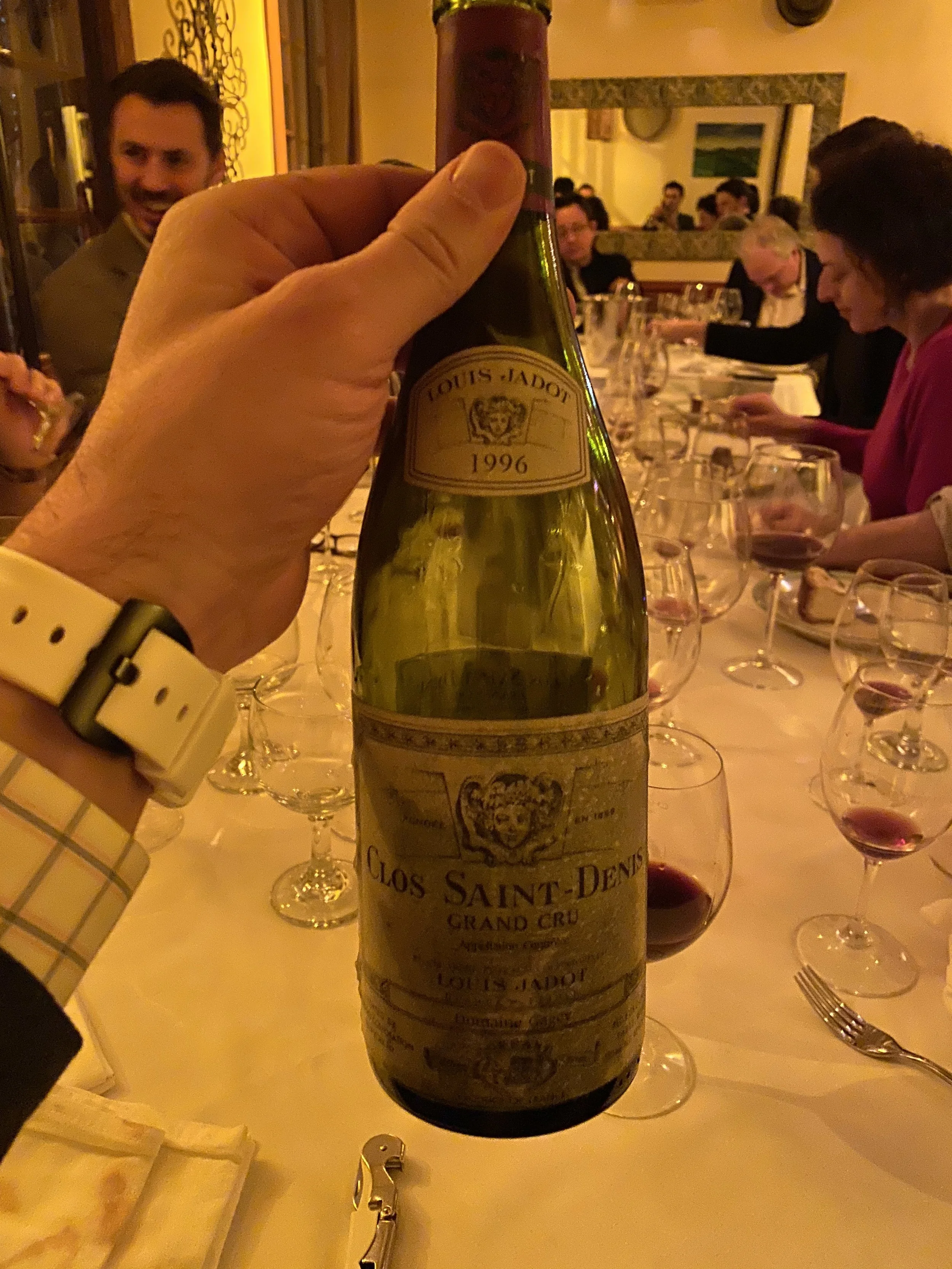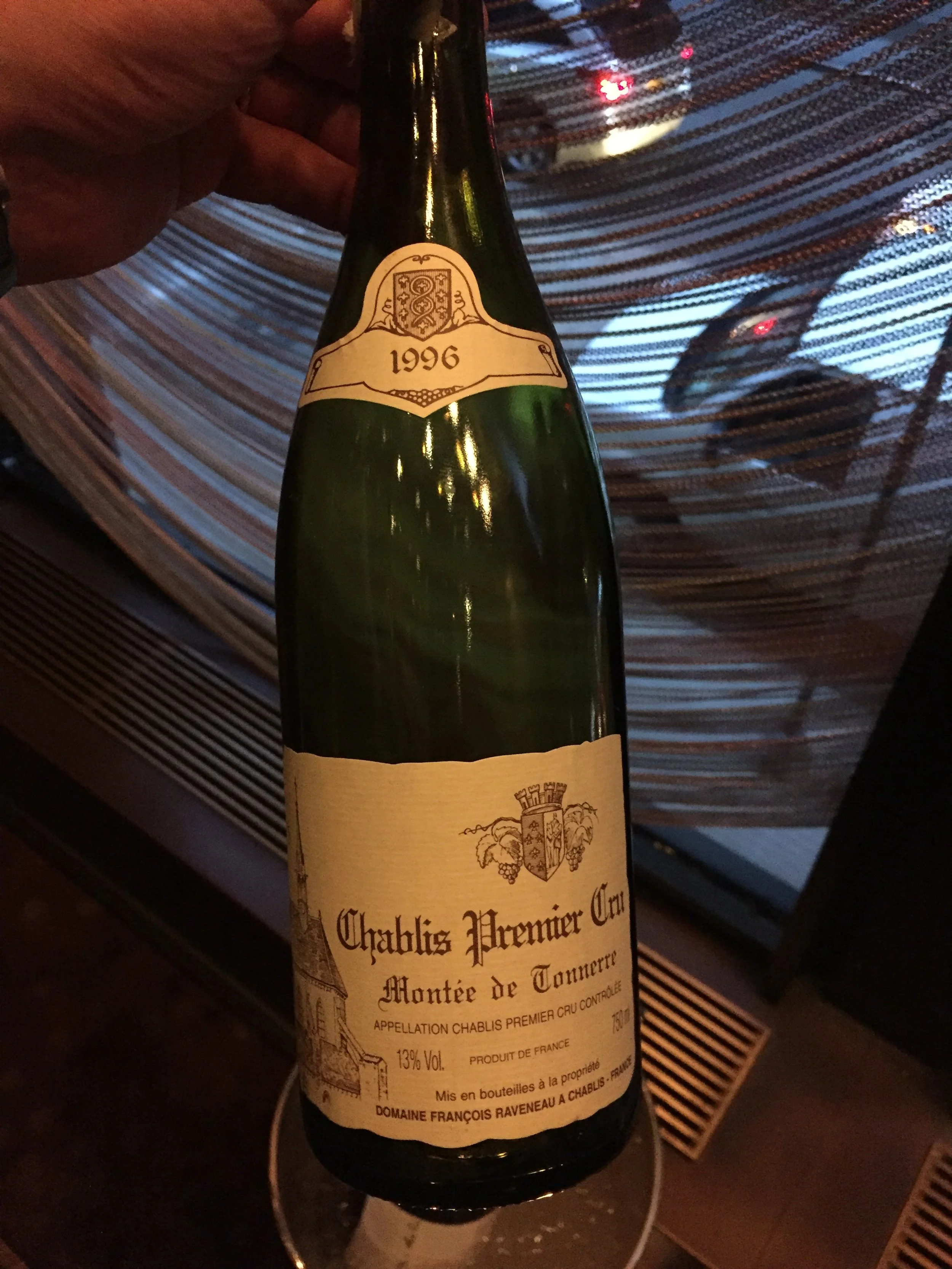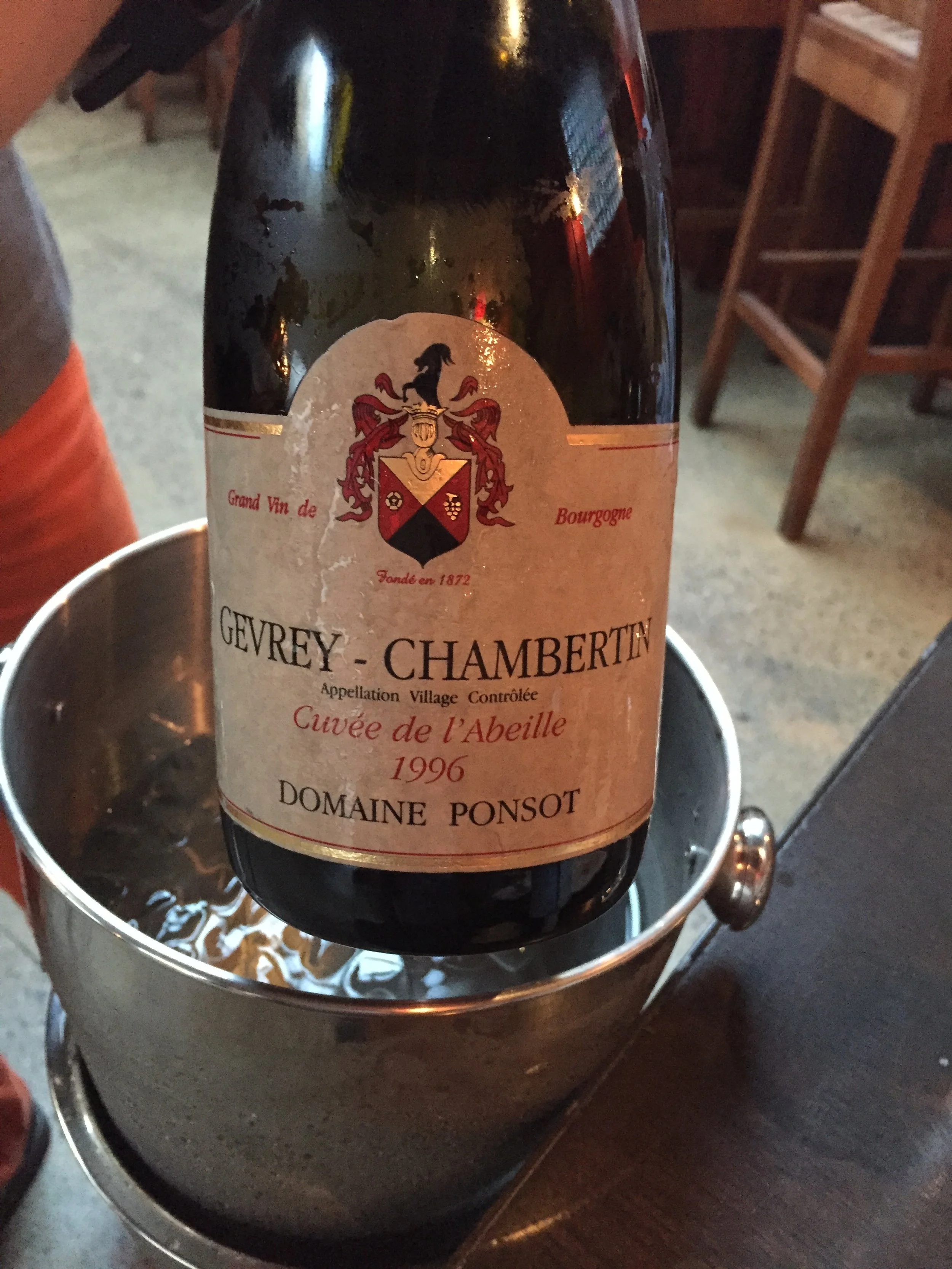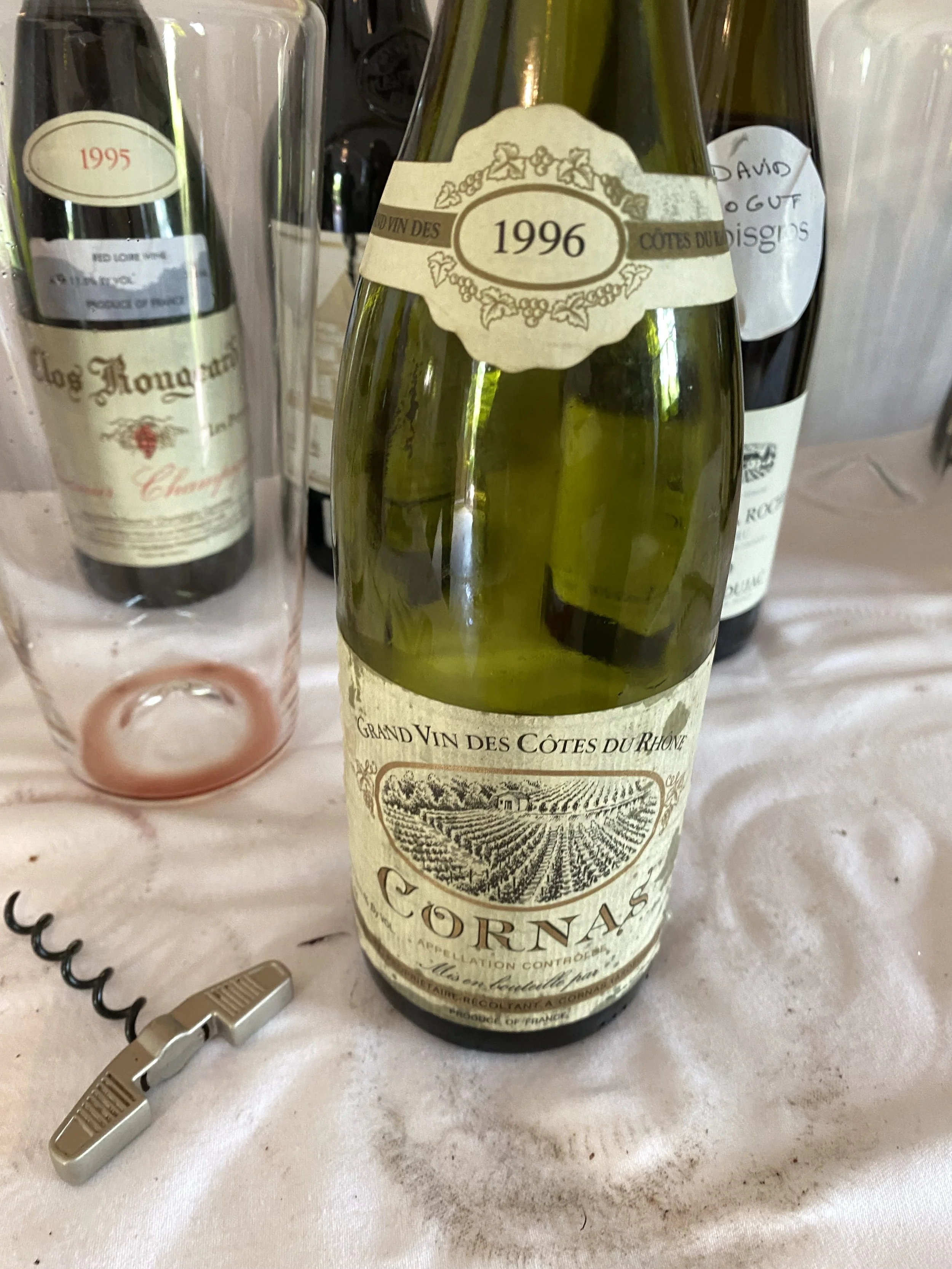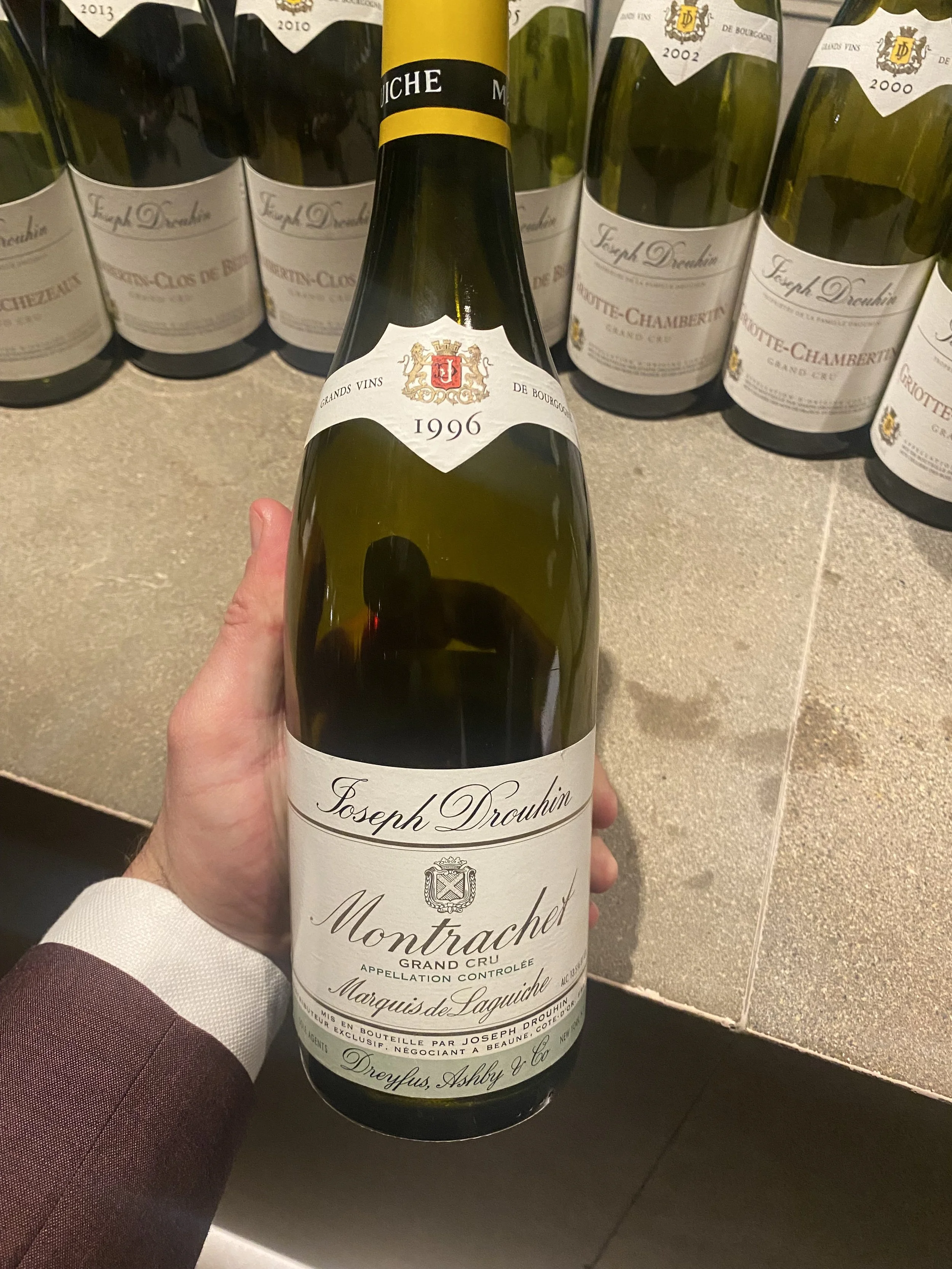1996 in champagne. what happened?
by Edouard Bourgeois
November 21, 2025
Ratings for 1996 often use words like "exceptional" and "grandiose," with some comparisons to 1928. What made 1996 objectively unique was the high average potential alcohol (10.3%) combined with high total acidity (10g/litre)—figures rarely seen together. As Charles Philipponnat noted, this is a significant jump from the 9.3% potential alcohol common forty years prior.
Acidity and potential alcohol work together for balance, but typically, when one is high, the other is low. In 1996, both figures were high. Bruno Paillard called it a 'naughty boy' vintage due to its unpredictable nature and the anxiety it caused producers while waiting for acidity levels to drop. However, the result for those with patience is "fantastic."
While acidity is key for aging, the true test is time. Over two decades later, the remaining 1996 bottles reveal which producers succeeded. The best examples are still complex and alluring, where the high acidity is balanced by a wide range of aromas, from brioche to stone fruit. Unfortunately, some other bottlings show only residual acidity, resulting in unbalanced and tart wines.
I recall opening a glorious bottle of 1996 Cristal for my son's birth seven years ago; the wine was still vibrant and charged.
Another fabulous example was made by Krug. As Olivier Krug said, "It’s a year where a good house or a good winemaker will make a good wine... It’s a tricky vintage." Other industry professionals have shared similar sentiments, noting that some vintners either opted out of making a vintage bottling or failed to achieve balance, resulting in wines that are already clumsy or tired.
The 1996 vintage often draws comparisons to its predecessor, 1995. These were the last two great Champagne vintages following the 1988, 1989, and 1990 trio. The 1996s are powerful wines; the best combine weight from ripeness with tension from acidity, providing the interest, complexity, and structure needed for long-term aging.
Interestingly, more houses released 1995 as a vintage Champagne than 1996, with a ratio of roughly 60% (1995) to 40% (1996).
Given its unpredictability, the safest bet for 1996 Champagne remains to go with producers you trust.
While looking for pictures of 1996 Champagne on my IPhone, I also found several other wines from various regions where the 1996 vintage truly shone, as seen in images below;jbgories
What's Pressoir Drinking? Joseph Drouhin Beaune 1er Cru Clos des Mouches Blanc 1999
Joseph Drouhin Beaune 1er Cru Clos des Mouches Blanc 1999
by Edouard
12/2/20
by Edouard Bourgeois
Tuesday, December 2, 2020
Along with a great bottle of Beaujolais I mentioned in my last Press article, I wanted to open a real treat from Burgundy for this Thanksgiving turkey. It should be noted that my culinarily talented wife and brother in law prepared a Korean version of braised turkey thighs so, I thought a great white wine with depth would perfectly match the rich, savory flavors of the dish. Also inspired by the then upcoming Thirst class on Beaune (I hope you were there for that yesterday!), I chose to open a jeroboam of Joseph Drouhin’s iconic Beaune 1er cru Clos des Mouches Blanc from the 1999 vintage. The dish and the wine did not overwhelm each other, making for an irresistible and harmonious match. Frankly, at first I was a bit worried about possible oxidation in the wine as the color appeared a touch dark but it ended being sublime. After all, we’re talking about a 21-year-old wine here. A golden robe is completely normal. And what matters the most anyway is how the wine performs on the nose and the palate and this was a wow moment. We were really pleased with the complexity and absolute generosity in the wine. An opulent style yet lifted by a powerful mineral structure that elevated the wine on a solid limestone pedestal. Going back on oxidation though - I will say that this wine was saved by its large format, delaying the oxidation process. I would be more concerned tasting the same 1999 from a regular size bottle today…
What's Pressoir Drinking?
by Raj Vaidya
September 14, 2020
This past weekend as the cool evening air returned to the North East and NYC, I fired up my grill to try and take full advantage of the last wisps of summer. Grilled Tandoori spiced chicken was on the menu, so I figured an aged red with some ripeness would be appropriate. Digging around in my wine fridge, I turned up this delightful bottle of village level wine that proves Daniel’s oft repeated motto: read the label from the bottom up! Drouhin has long been a favorite producer of mine, and the pedigree of their excellence in wine making plus the superlative vintage 1999 promised that this wouldn’t be a simple village level experience. The wine did not disappoint. Layers of spice and small red berries on the nose, tremendous depth on the palate with earthiness just starting to develop but the primary fruit flavors still very much present. Still youthful, though it was delicious and long on the palate. Lesson to be gleaned; age your Villages!


